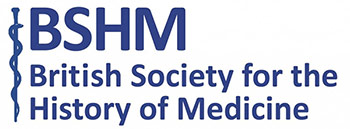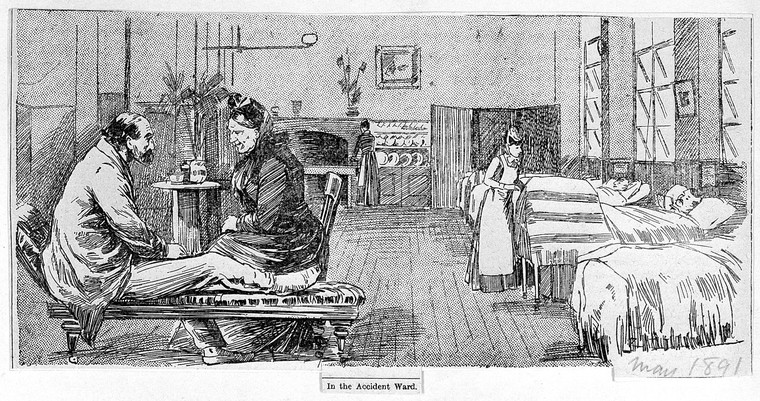How do we decide whether a drug, or other treatment, actually works? Martin Edwards describes the rhetorical strategy adopted by the Medical Research Council to establish its authority.
Patients’ variations in response to disease and treatment can render it fiendishly difficult to know whether a therapy is benefitting a particular individual. For centuries, the gold standard was the assessment of a wise and experienced clinician but during the first half of the twentieth century, new methodologies arising from the laboratory, hospital and statistical theory challenged this traditional model.
The stakes were high, no less than the moral authority to adjudicate how the therapeutic efficacy should properly be ascertained. Between the wars, the debate in Britain was frequently vitriolic – particularly between the Royal College of Physicians, which prioritised clinical acumen, and the Medical Research Council (MRC) which advocated newer methodologies.
The University of Toronto in 1921 granted British patent rights over insulin to the MRC and thus offered the MRC control, not only over insulin manufacture and supply, but also how to assess its effects and proper usage.

In fact, the MRC’s approach to testing was, as with other drugs at that time, highly eclectic; it sent samples of insulin to trusted clinicians in prestigious hospitals without any protocol or scheme for investigation – the clinicians were simply asked to report their experiences with the drug.
An unanticipated consequence of the MRC’s control of insulin supply was that it was on the receiving end of public clamour for the drug. Heartrending letters to the MRC described young people, typically in their teens or early twenties, dying slowly and horribly from diabetes, and pleaded for supplies of life-saving insulin.
Patients even turned up at the MRC, supported by loved ones. Landsborough Thomson, MRC Council Secretary, recalled the MRC administration being swamped by these requests and unable to fulfil its normal functions.
Reserved for controlled studies
In response, the MRC under the direction of its chairman Walter Morley Fletcher adopted a standard response to such requests, stressing that insulin was a new drug which needed to be reserved for ‘controlled studies’. The meaning of ‘controlled’ was not defined nor did it refer to the presence of a comparison group – none of the MRC insulin trials used one – but rather vaguely implied proper conduct, regulation and scrutiny.
So successful was this rhetorical strategy that the MRC repeated it when restricting supplies of penicillin in the 1930s and streptomycin and influenza vaccine in the 1940s. In each case, it stated that the drug should be reserved for ‘controlled trials’.
Control is a powerful word with implications of authority, power, regulation and order. Without defining it, the MRC appended the word to their own studies in the interwar years, using it as a rhetorical device in the battle for authority to adjudicate therapeutic efficacy.
By the time the MRC’s trial of streptomycin in tuberculosis – reckoned by many trial historians to be the first randomised controlled trial – was published in 1948, the MRC had successfully co-opted the word as applying exclusively to its own studies. It offered the streptomycin trial as an exemplar of how therapeutic trials should be conducted, describing the methodology as ‘the controlled trial’. By then, ‘controlled’ referred technically to the presence of a control group, though the other powerful associations of the word continued to resonate.
We have depended on the ‘controlled trial’ ever since. The MRC’s adoption of the potent word ‘control’ arguably began with insulin. Had it not been for MRC control of British insulin supply, might we simply refer nowadays to a ‘randomised trial’?
This text is an abstract of a talk given to a session of the Apothecaries’ History of Medicine Fellows 8/12/2021 to commemorate the 100th anniversary of the discovery of insulin.
References/further reading:
- A Landsborough Thomson, Half a Century of Medical Research vol. 2: The Programme of the Medical Research Council (UK) (London: HMSO 1975) pp 40, 230
- Liebenau, ‘The MRC and the Pharmaceutical Industry: The Model of Insulin’, in J, Austoker and L. Bryder (eds), Historical Perspectives on the Role of the MRC (Oxford: Oxford University Press, 1989) 163-80
- Edwards, Control and the Therapeutic Trial: Rhetoric and Experimentation in Britain 1918-48 (Amsterdam: Rodopi Publishing, 2007)













